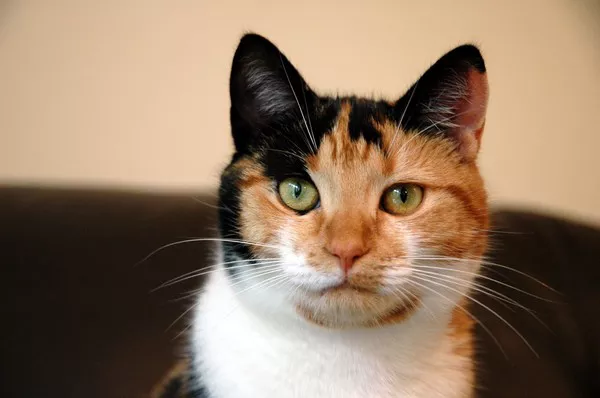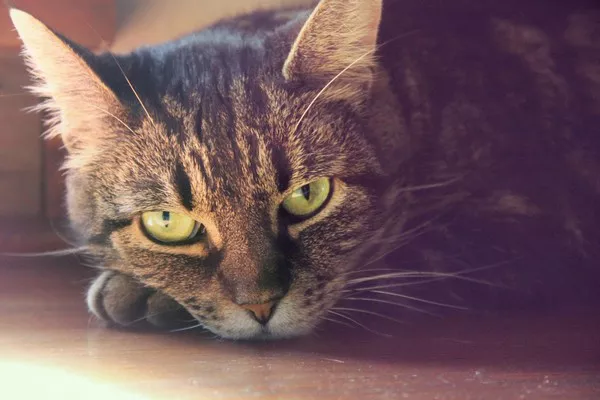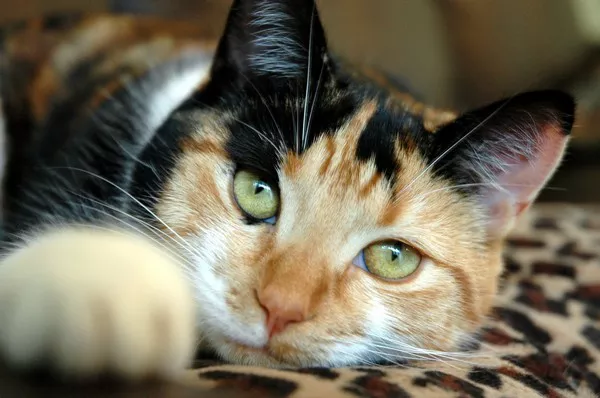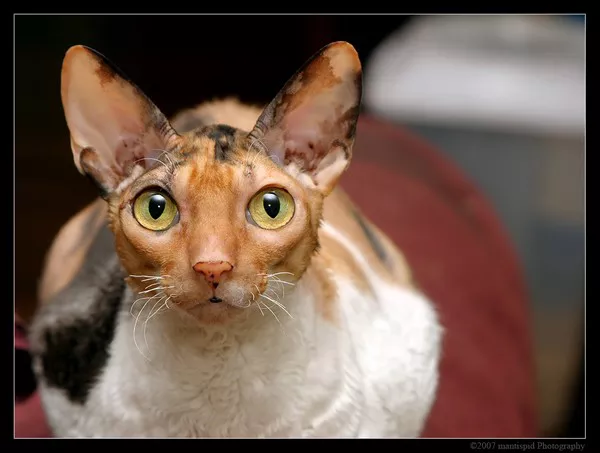Cats are one of the most beloved pets in the world. They come in a wide range of colors, patterns, and sizes. One of the most fascinating and unique patterns is the calico pattern, which features a combination of white, black, and orange or red patches. However, not all calico cats are created equally. There is a rare type of calico cat that stands out from the rest. In this article, we will explore what makes this cat so special and why it is considered to be the rarest calico cat.
What is a Calico Cat?
Before we dive into the rarest calico cat, let’s first understand what a calico cat is. Calico refers to a specific coat color pattern in cats that consists of three distinct colors: white, black, and orange or red. The white color is usually dominant, while the black and orange or red colors appear in patches throughout the coat. Sometimes, the calico pattern can also include brown or gray. It is important to note that not all cats with this coat pattern are actually calicos. For example, if a cat has only two of the three colors (e.g., black and white), it is not considered a true calico.
What Makes a Calico Cat Rare?
Calico cats are already considered to be a rare breed due to their unique coat pattern. However, there is a specific type of calico cat that is even rarer than others. This type of calico cat is known as a male tortoiseshell cat.
To understand why male tortoiseshell cats are so rare, we need to delve into the genetics behind cat coat colors. In cats, the genes that control coat color are located on the X chromosome. This means that female cats have two X chromosomes, while male cats have one X and one Y chromosome. The gene for the orange or red color in cats is located on the X chromosome. Therefore, in order for a cat to have this color, it needs to inherit the gene from both parents (if female) or from its mother (if male).
To be a calico cat, the feline needs to inherit two autosomal dominant genes that create white areas and black/orange/red areas. When these genes are expressed, they produce two different colors that are distinct from each other. In females, with XX sex chromosomes, one of the X chromosomes will randomly become active in each cell during embryonic development. This means that females can have two different colored fur patches on their bodies. On the other hand, males with XY sex chromosomes have only one X chromosome and one Y chromosome, so they cannot display two different colors.
However, in very rare cases, some male cats can inherit an extra X chromosome, giving them an XXY chromosome combination instead of the typical XY. This usually occurs as a result of a genetic mutation when the egg is fertilized by the sperm. These male cats are known as Klinefelter cats, and they have a higher likelihood of being born with certain genetic disorders. But more importantly, they can also inherit the orange or red gene from their mother, allowing them to display the calico pattern.
Male calico cats, also known as tortoiseshell cats, are therefore incredibly rare. It is estimated that only one in every 3,000 calico cats is male. This makes them a fascinating and highly sought-after breed among cat enthusiasts.
Can Calico Cats Be Bred Like Other Purebreds?
Usually, in cat breeding, purebred offspring are achieved by breeding a male and female of the same breed that very closely resemble each other. This provides the best odds – but not a certainty, of achieving certain outcomes.
With calicos, this is not possible. As the male calico is so rare – and also usually infertile – you cannot swing the odds of calico offspring in the breeder’s favor. This means calico cats are born by chance which contributes to their uncommon nature.
What About Dilute Calico’s
Dilute calico cats are calico cats of orange, black and white that have also inherited a dilute gene. When the dilute gene expresses itself (and it is not a given it will) the orange, black and white are washed out to cream, grey and white giving a faded appearance. Calico but faded AKA muted calico.
Conclusion:
In conclusion, calico cats are already a unique and rare breed due to their beautiful coat pattern. However, male tortoiseshell cats take rarity to a whole new level. These cats are considered to be the rarest type of calico cat due to the complex genetics involved in producing their distinctive coat pattern. While they may be difficult to find, owning a male tortoiseshell cat can be a truly rewarding experience for any cat lover.


























